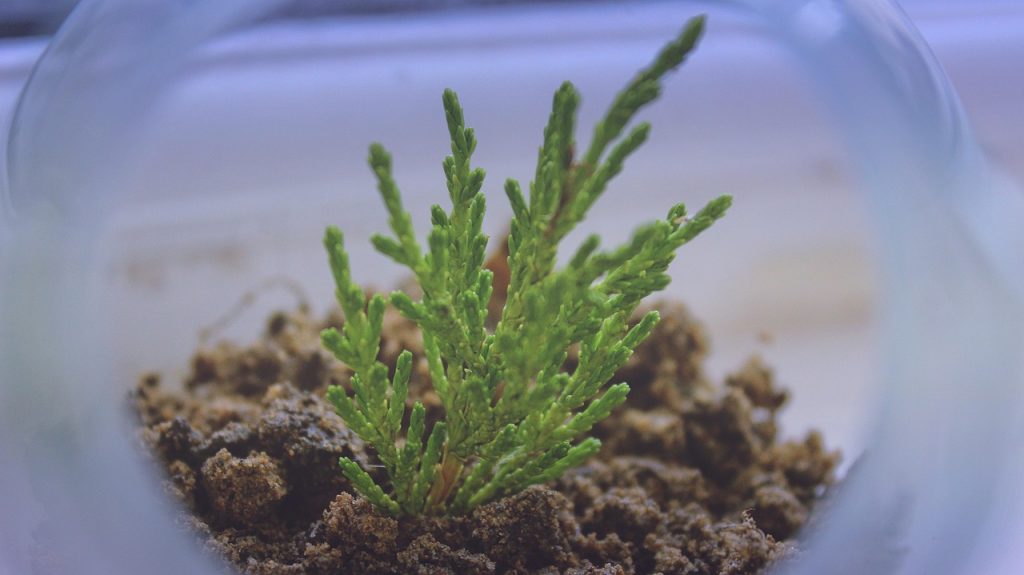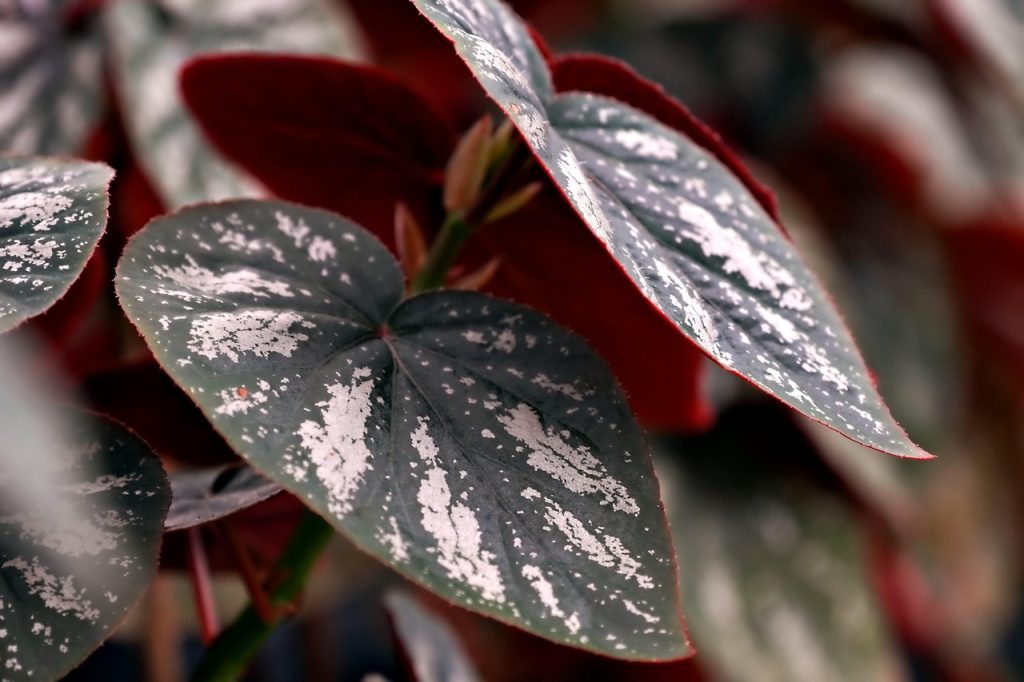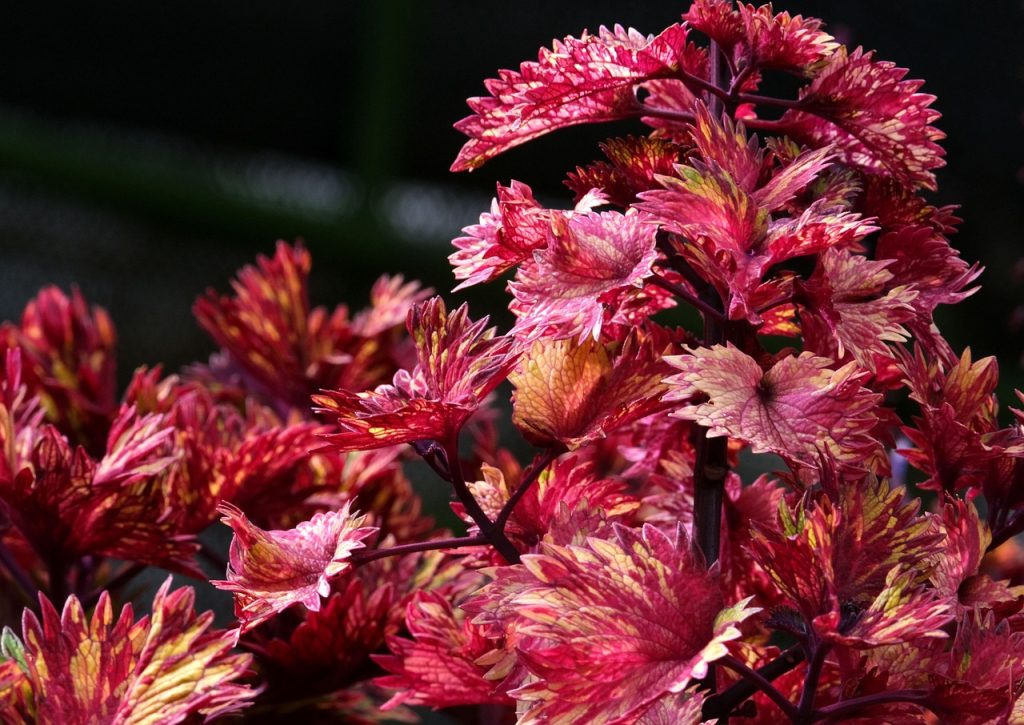Aquarium plants not only make a fish tank look more natural and beautiful but also play a key role in maintaining water quality and providing shelter for aquatic life. Among the many options available, Anubias aquarium plants are a popular choice for both beginners and experienced aquarists. Known for their durability, versatility, and striking green leaves, these plants have become a staple in freshwater aquariums worldwide.
If you’re planning to add Anubias aquarium plants to your setup, this guide will walk you through everything you need to know—from their types and care requirements to planting methods and benefits.

What Are Anubias Aquarium Plants?
Anubias is a genus of aquatic and semi-aquatic plants native to Africa. They are prized for their thick, dark green leaves and slow but steady growth rate. Unlike many other aquarium plants, Anubias species are extremely hardy and can thrive in a wide range of water conditions, making them perfect for community tanks, aquascaping, and even betta or shrimp tanks.
- Scientific name: Anubias
- Family: Araceae
- Growth rate: Slow
- Lighting needs: Low to medium
- Placement: Foreground, midground, or attached to décor
Why Choose Anubias for Your Aquarium?
There are many reasons why aquarists choose Anubias aquarium plants over other species.
Key Benefits of Anubias:
- Hardy and resilient: Survives in both low and high light conditions.
- Low maintenance: Requires minimal trimming and grows slowly.
- Versatile planting: Can be attached to driftwood, rocks, or planted in substrate.
- Fish-friendly: Broad leaves provide shade and resting spots for fish.
- Algae control: Helps reduce algae growth by competing for nutrients.
- Beginner-friendly: Perfect for those new to aquarium planting.
Popular Types of Anubias Aquarium Plants
Anubias comes in several species and varieties, each with unique leaf shapes and sizes.
| Variety | Description | Best Placement |
|---|---|---|
| Anubias barteri | Most common, broad green leaves, medium size. | Midground |
| Anubias nana | Compact, small leaves, great for nano tanks. | Foreground/attached to décor |
| Anubias nana ‘Petite’ | Tiny version of nana, excellent for aquascaping details. | Foreground |
| Anubias coffeefolia | Unique wavy leaves with deep ridges. | Midground/background |
| Anubias gigantea | Large variety, big leaves suitable for large tanks. | Background |
| Anubias frazeri | Slender leaves, adds vertical dimension. | Midground |
How to Plant Anubias in an Aquarium
One of the biggest mistakes beginners make is burying the rhizome (the thick horizontal stem from which leaves grow) in the substrate. This can cause the plant to rot.

Best Planting Methods:
- Attach to Rocks or Driftwood:
- Tie the rhizome using fishing line or thread until roots attach naturally.
- Provides a natural look in aquascapes.
- Pot Planting:
- Place Anubias in small pots with nutrient-rich substrate.
- Great for easy repositioning.
- Surface Planting:
- Anchor rhizome gently above substrate, allowing roots to spread without burying the rhizome.
Care Requirements for Anubias Aquarium Plants
1. Lighting
- Needs: Low to medium light.
- Too much light can cause algae growth on leaves.
- Great choice for low-light aquariums.
2. Water Parameters
- Temperature: 72–82°F (22–28°C)
- pH: 6.5–7.5 (neutral to slightly acidic)
- Hardness: Soft to moderately hard water
3. Fertilization
- Anubias absorbs nutrients from the water column more than substrate.
- Liquid fertilizers and root tabs can help but are not always necessary.
4. CO₂ Requirements
- Does not require CO₂ injection, though CO₂ supplementation can speed up growth.
5. Pruning
- Trim older, yellowing leaves occasionally.
- Avoid cutting the rhizome too much—growth happens slowly.
Common Problems with Anubias
Even though they are hardy, Anubias aquarium plants can face some issues:
- Algae Growth: Leaves may develop green spot algae under intense light. Solution: reduce lighting or add algae-eating fish/shrimp.
- Yellow Leaves: Often caused by nutrient deficiencies (mainly nitrogen or potassium).
- Rhizome Rot: Happens if the rhizome is buried in substrate. Always keep it exposed.
Tank Mates That Love Anubias
Anubias plants are ideal for tanks with:
- Betta fish (perfect resting leaves).
- Shrimp (use leaves for grazing).
- Community fish like tetras, guppies, and rasboras.
- Bottom dwellers like corydoras and plecos.
❌ Avoid housing them with large herbivorous fish (like goldfish or cichlids) that may damage leaves.

FAQs About Anubias Aquarium Plants
No, they are slow growers, often producing just 1–2 leaves per month.
Not necessarily. They thrive when attached to rocks or driftwood, as long as the rhizome is not buried.
Yes, Anubias are semi-aquatic and can grow emersed in paludariums or terrariums.
No, they grow well without CO₂. However, CO₂ can enhance growth and leaf size.
With proper care, Anubias plants can live for many years, even decades.
Final Thoughts
If you’re looking for a plant that is both beautiful and nearly indestructible, Anubias aquarium plants are an excellent choice. Their resilience, ability to thrive in low light, and versatility in aquascaping make them one of the best options for any freshwater aquarium. Whether you’re a beginner or a seasoned aquarist, adding Anubias will not only enhance the beauty of your tank but also contribute to a healthier aquatic environment.
So, the next time you’re setting up or upgrading your aquarium, don’t forget to include Anubias aquarium plants—a timeless favorite that never disappoints.